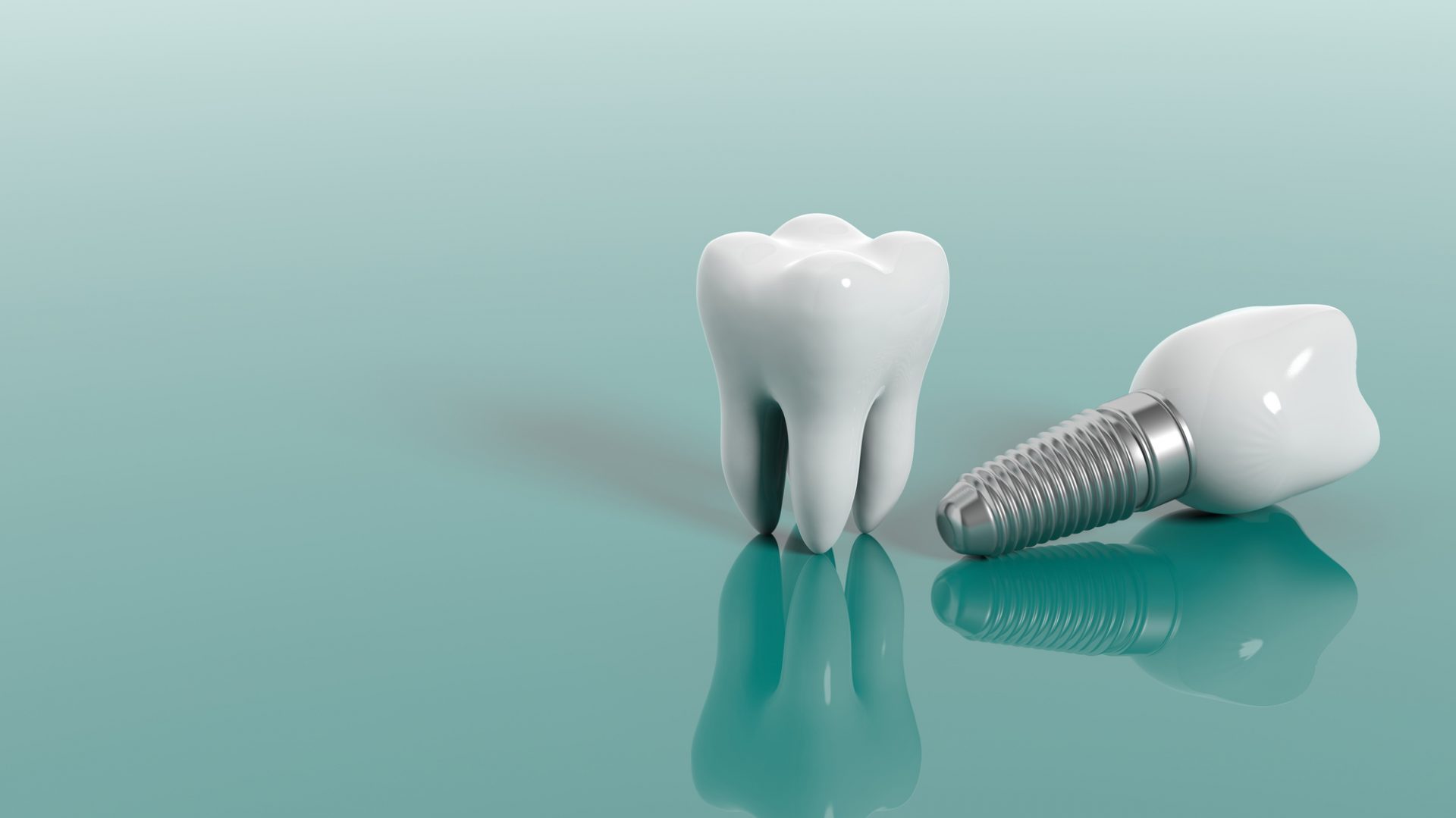Some Known Questions About Dental Sense.
Table of ContentsMore About Dental SenseThe Ultimate Guide To Dental SenseDental Sense Fundamentals ExplainedFacts About Dental Sense Uncovered
are clinical devices surgically dental implanted into the jaw to restore an individual's capacity to eat or their appearance. They supply assistance for synthetic (phony) teeth, such as crowns, bridges, or dentures. When a tooth is lost because of injury or condition, an individual can experience difficulties such as fast bone loss, malfunctioning speech, or changes to eating patterns that cause pain.Oral dental implant systems are composed of an oral implant body and dental implant joint and might also consist of a joint fixation screw. Kids dental. The dental implant body is operatively placed in the jawbone in location of the tooth's origin. The dental implant abutment is generally connected to the dental implant body by the joint fixation screw and expands with gum tissues right into the mouth to sustain the connected man-made teeth
Cigarette smoking may impact the healing process and decrease the long-lasting success of the implant. The recovery process for the dental implant body may take numerous months or longer, during which time you usually have a temporary abutment instead of the tooth. the dental implant procedure: Thoroughly comply with the dental health guidelines provided to you by your oral provider.
The Single Strategy To Use For Dental Sense
Implant failing can cause the requirement for one more operation to take care of or replace the dental implant system. Recovers the ability to chew Recovers cosmetic look Helps keep the jawbone from diminishing due to bone loss Protects the wellness of the bordering bone and periodontals Assists maintain adjacent (neighboring) teeth steady Enhances quality of life Damages to surrounding natural teeth throughout dental implant placement Injury to the surrounding tissues throughout surgical procedure, such as sinus opening Injury throughout surgical treatment (for instance, fracture of bordering jawbone) Insufficient function, such as feeling like the teeth do not attack together normally An experience that the tooth is loosened or turning in area resulting from a joint screw loosening Implant body failing (looseness of the implant body) due to systemic infection, which may be most likely in people with uncontrolled diabetes as a result of local infection in bone and periodontals supporting the implant body because of delayed healing, which might be more likely in patients that smoke Difficulty cleaning up the periodontals around the dental implant, leading to poor oral health Without treatment periodontal disease Post-surgical tingling because of nerve impingement or damages Always alert healthcare service providers and imaging professionals that you have oral implants prior to any kind of magnetic resonance imaging (MRI) or x-ray procedures.
FDA is not knowledgeable about any kind of unfavorable occasions reported for MRI or x-ray treatments with dental implants. Dental implants systems are normally constructed from materials that adhere to worldwide agreement requirements of the International Organization for Standardization (ISO) or ASTM International. These requirements have details of what makes a safe material.

A dental implant is a structure that replaces a missing out on tooth. With great post to read screw-like gadgets, the doctor inserts a dental implant into the jawbone, and it works as an anchor for a fabricated tooth, called a crown. A device called an abutment links the artificial tooth to the dental implant. The crown is tailor-made to fit the person's mouth and match the color of their teeth.
Excitement About Dental Sense
Some people are not qualified for oral implant surgical procedure. It is for dental surgeons to operate on people with: intense illnessuncontrollable metabolic diseasebone or soft cells illness or infectionIf these issues are settled, an individual can have the surgical procedure. In, dental cosmetic surgeons avoid from operating people with: If people with any one of the above undertake dental implant surgical procedure, there is a greater threat of the dental implant falling short.

Dental implant surgical treatment is a tailored process. Give you time to heal. Affix the post and final crown, bridge or denture.
Next, your doctor will thoroughly place the oral implant into your jaw. Your doctor will rearrange your gum tissues and close the laceration with stitches. If your implant is near the front of your mouth, your dental practitioner will certainly make a short-term tooth for you to wear until you heal. By doing this, you won't have a gap in your smile while you recover.
How Dental Sense can Save You Time, Stress, and Money.
Your service provider can inform you what to expect in your scenario. During the healing stage, your jawbone should fuse to the oral implant. This procedure, called osseointegration, is crucial for stability and long-term success. This process can take anywhere from 3 to 9 months. In many cases, it may take much longer.
When your implant heals, your dental practitioner can connect the abutment (tiny connector blog post) and your last restoration (crown, bridge or denture). This usually takes concerning one hour to complete and may call for a 2nd minor surgical treatment. You shouldn't feel any pain during your dental implant treatment since your supplier will use medicine to numb your gum tissues.
Comments on “Dental Sense - Questions”